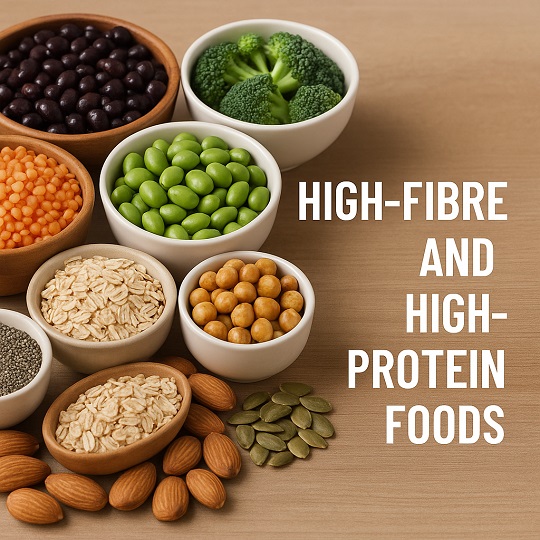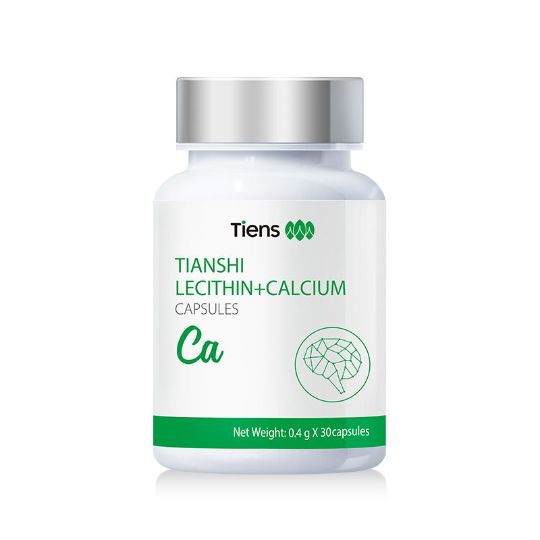
Dealing with Candidiasis: Causes, Symptoms, and Treatments
Dealing with Candidiasis. Candidiasis, commonly known as a yeast infection, is a fungal infection caused by Candida species, with Candida albicans being the most prevalent. This article explores the causes, symptoms, and treatment options for candidiasis, providing valuable insights for managing this common condition.
Dealing with Candidiasis: Introduction
Candidiasis is a fungal infection that can affect various parts of the body, including the mouth, throat, skin, and genital area. While it is typically not life-threatening, candidiasis can cause significant discomfort and health complications if left untreated.
Causes of Candidiasis
Candidiasis occurs when there is an overgrowth of Candida fungi, which are naturally present in the body. Several factors can disrupt the balance of microorganisms and lead to an overgrowth of Candida, including:
- Antibiotic Use: Antibiotics can disrupt the natural balance of bacteria in the body, allowing Candida to proliferate.
- Weakened Immune System: Individuals with weakened immune systems, such as those with HIV/AIDS or undergoing chemotherapy, are more susceptible.
- Diabetes: High blood sugar levels can promote the growth of Candida.
- Hormonal Changes: Pregnancy, birth control pills, and hormone replacement therapy can alter hormone levels and increase the risk of infection.
- Diet: High sugar and refined carbohydrate intake can encourage Candida growth.
Symptoms of Candidiasis
The symptoms of candidiasis vary depending on the area of the body affected:
- Oral Candidiasis (Thrush): White patches on the tongue and inside the mouth, redness, and difficulty swallowing.
- Genital Candidiasis: Itching, burning, thick white discharge, and redness in the genital area.
- Skin Candidiasis: Red, itchy rash, often occurring in warm, moist areas like armpits or groin.
- Invasive Candidiasis: Fever and chills that do not improve with antibiotics, affecting the bloodstream or internal organs.
Diagnosis of Candidiasis
Diagnosing candidiasis typically involves a physical examination and a review of symptoms. Laboratory tests, such as a culture or microscopic examination of a sample from the affected area, can confirm the presence of Candida.
Treatment Options for Candidiasis
Effective treatment for candidiasis involves antifungal medications and lifestyle changes to prevent recurrence. Here are some common treatment strategies:
- Antifungal Medications:
- Topical Treatments: Creams, ointments, or suppositories applied directly to the affected area.
- Oral Medications: Pills or liquid solutions for more severe or persistent infections.
- Dietary Changes:
- Reduce Sugar Intake: Limiting sugar and refined carbohydrates to starve the Candida.
- Probiotics: Consuming probiotics to restore healthy bacteria balance in the body.
- Hygiene Practices:
- Keep Affected Areas Dry: Ensuring areas prone to infection are kept clean and dry.
- Wear Breathable Clothing: Opting for loose-fitting, breathable fabrics to reduce moisture build-up.
- Medical Interventions:
- Regular Monitoring: For individuals with weakened immune systems, regular monitoring by healthcare providers.
- Address Underlying Conditions: Managing conditions like diabetes to reduce the risk of infection.
Preventing Candidiasis
Preventing candidiasis involves maintaining a healthy lifestyle and taking specific preventive measures:
- Balanced Diet: Eating a balanced diet with minimal sugar and refined carbs.
- Good Hygiene: Practicing good hygiene and keeping skin dry.
- Antibiotic Use: Using antibiotics only when necessary and as prescribed.
- Immune Support: Strengthening the immune system through a healthy lifestyle and regular medical check-ups.
Conclusion
Candidiasis is a common and manageable condition with proper treatment and preventive measures. By understanding the causes, recognizing the symptoms, and following appropriate treatment strategies, individuals can effectively deal with candidiasis and reduce the risk of recurrence.
Dealing with Candidiasis
References
- Centers for Disease Control and Prevention (CDC): Candidiasis
- Mayo Clinic: Yeast infection (vaginal)
- Johns Hopkins Medicine: Candidiasis
- Cleveland Clinic: Yeast Infection (Candidiasis)
- WebMD: Yeast Infection
By adhering to these guidelines and utilizing available resources, individuals can effectively manage and prevent candidiasis, ensuring better health and well-being.






